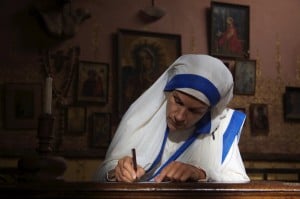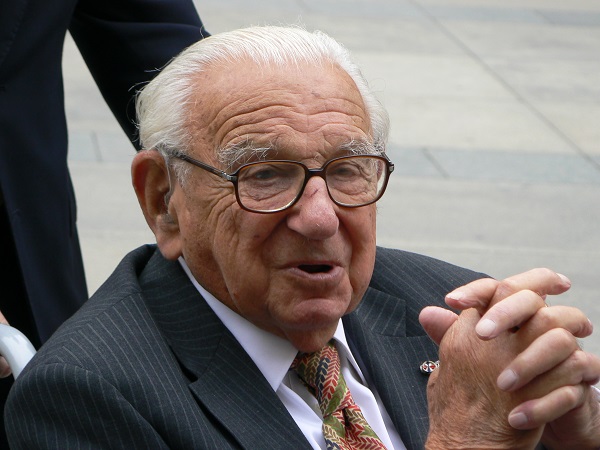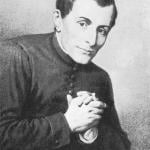
On August 10, the Catholic Church celebrates the Feast of St. Lawrence of Rome.
I remember his story from my childhood: His name is evocative of romance, of danger, of grit and guts and grace. Among the hundreds of saints who have been formally canonized by the Church, St. Lawrence stood out in my youthful mind as a sort of Robin Hood figure—loving the poor, jovial in his daring example before the King.
In particular, I was entranced by three stories from his life: the legend of the sacred chalice, the treasures of the Church, and his brave good humor during his martyrdom. In essence, the Holy Grail, the holy girls, and the holy grill.
THE HOLY GRAIL

As a deacon, Lawrence was entrusted with the Church’s treasures—including, according to lore, the cup from which Jesus and his Apostles drank at the Last Supper. When it seemed that this most precious of relics might be taken from him, Lawrence found a way to send the cup to his parents in Huesca (in present-dayAragon) for safekeeping, along with a letter explaining its significance. In Huesca, the Holy Chalice was believed to have been given by Lawrence’s parents to the nearby monastery of San Juan de la Peña for preservation and veneration; and there, it remained hidden for centuries.
Through the ages, the cup, which has been called the Holy Grail, has been protected and venerated by monks and monasteries in Aragon. Today, the Holy Grail is enshrined in a special chapel in the Catholic Cathedral of Valencia, Spain.
THE HOLY GIRLS
Well, actually, the holy old people, too. And men. And the sick. And the homeless and disenfranchised. St.Lawrence recognized their importance in the eyes of God.
St. Ambrose told the story of how Pope Sixtus II and six deacons were beheaded during the persecution by Valerian in 258 A.D. Following Sixtus’ death, Lawrence realized that the prefect of Rome would attempt to confiscate the riches of the Church; and he began to distribute the valuable and costly items among the Church’s poor—even selling the sacred vessels. Three days later, he was commanded to appear before the prefect of Romeand to turn over the “riches of the Church.” St. Lawrence brought with him a small group of people: the poor, the homeless, the crippled, the blind and the suffering. “These,” he said to the prefect, “are the true treasures of the Church.”
As a result he was sentenced to be executed.
THE HOLY GRILL
According to tradition, St. Lawrence was “grilled” to death—he was bound and his body thrown onto a grill over a hot fire, and he was slowly roasted. The story is told by Aurelius Prudentius Clemens in his Peristephanon, Hymn II: Even while burning on the gridiron, Lawrence joked about their cooking him enough to eat. “Turn me over,” he said, “I’m done on this side.”
Lawrence was buried in the Catacomb of Cyriaca on the Via Tiburtina by Hippolytus and Justinus, faithful Christians. He is the patron of cooks and chefs.











